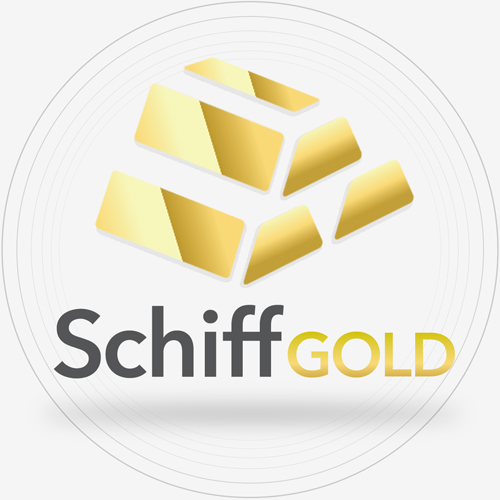[ad_1]
Crypto is an uncorrelated asset class, according to its proponents, and as such ought to contribute to portfolio diversification. However, research has shown that this claim hasn’t held up particularly well.
We examined the relationship between where bitcoin mining was conducted and how the performance of the local equity markets correlated with bitcoin prices and found that in the United States especially, the performance of the S&P 500 and bitcoin prices have exhibited a positive correlation over the last five years.

Because the United States and China are where most bitcoin mining has been conducted over the last five years, we used the S&P 500, Hang Seng, and Shanghai Composite indices as our regional proxies. We calculated the rolling nine-month correlation between bitcoin returns and each of the three indices using weekly data. We then compared that with the bitcoin hash rate by country from September 2019—which is as far back as reliable records go—to January 2022.The bitcoin hash rate measures the computational power of the bitcoin blockchain and is a proxy for how much bitcoin mining is being done.
Prior to November 2020, China accounted for more than 60% of bitcoin mining. But fast-forward to November 2021 and China’s share had plunged to about 15% in response to government steps to reduce bitcoin mining. Over the same time period, the United States climbed from representing about 10% of global bitcoin mining to more than 35%.
Bitcoin Hash Rate Distribution by Country, Sept. 2019 to Jan. 2022
Bitcoin Mining Distribution by Country, 2019 to 2022
These trends make the November 2020 to November 2021 time frame an excellent window into how bitcoin-prices-to-index correlations adjust as bitcoin mining ebbs and flows. We found that as US crypto mining spiked between November 2020 and November 2021, bitcoin’s correlation with the S&P 500 rose to 0.39 from 0.28. But as crypto mining plummeted in China during the same period, bitcoin’s correlation with the two Chinese indices fell also. The Hang Seng’s and Shanghai Composite’s bitcoin correlation declined to -0.14 from 0.21 and to -0.44 from 0.09, respectively.
Bitcoin Correlations with Equity Indices
The results suggest the more bitcoin is mined in a particular country, the greater the correlation between the cryptocurrency and local equity markets. As bitcoin mining declines in a region, the correlation between bitcoin and local stock markets subsides as well.

Regarding annual correlations between bitcoin prices and the indices in question, our hypothesis holds up there too. The more bitcoin mining in a locale, the greater the correlation between the price of bitcoin and local stock markets. This relationship was strongest with the S&P 500 and Shanghai Composite and less so with the Hang Seng over the full time period.
Annual Correlations: Bitcoin and Equity Indices
In total, our results indicate that where bitcoin is mined may affect how it moves and which stock indices it moves with. And this affects what sort of diversification benefits bitcoin may or may not bring to a portfolio.
If you liked this post, don’t forget to subscribe to the Enterprising Investor.
All posts are the opinion of the author. As such, they should not be construed as investment advice, nor do the opinions expressed necessarily reflect the views of CFA Institute or the author’s employer.
Image credit: ©Getty Images/ photonaj
Professional Learning for CFA Institute Members
CFA Institute members are empowered to self-determine and self-report professional learning (PL) credits earned, including content on Enterprising Investor. Members can record credits easily using their online PL tracker.
[ad_2]










